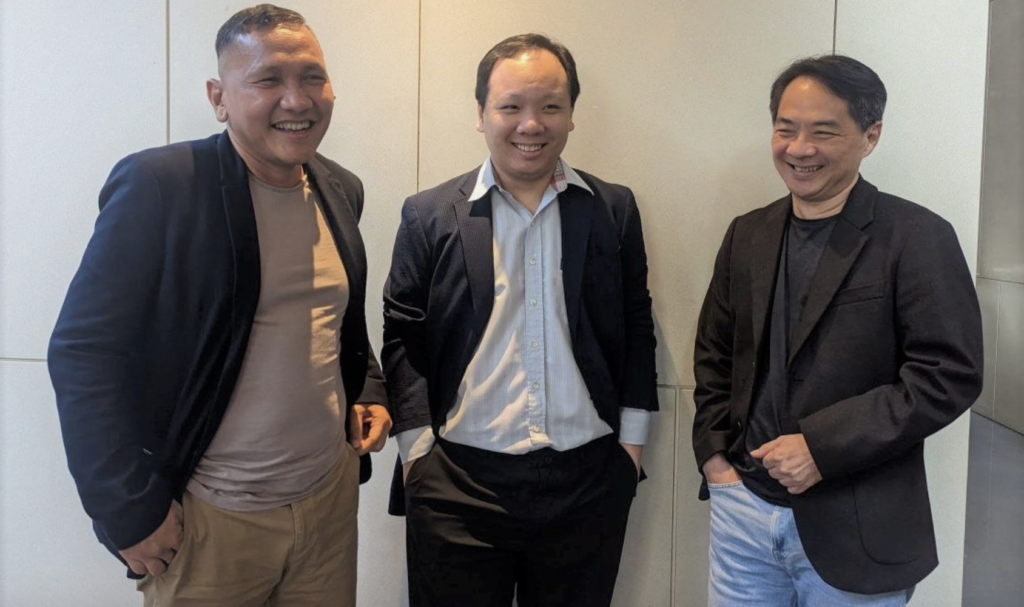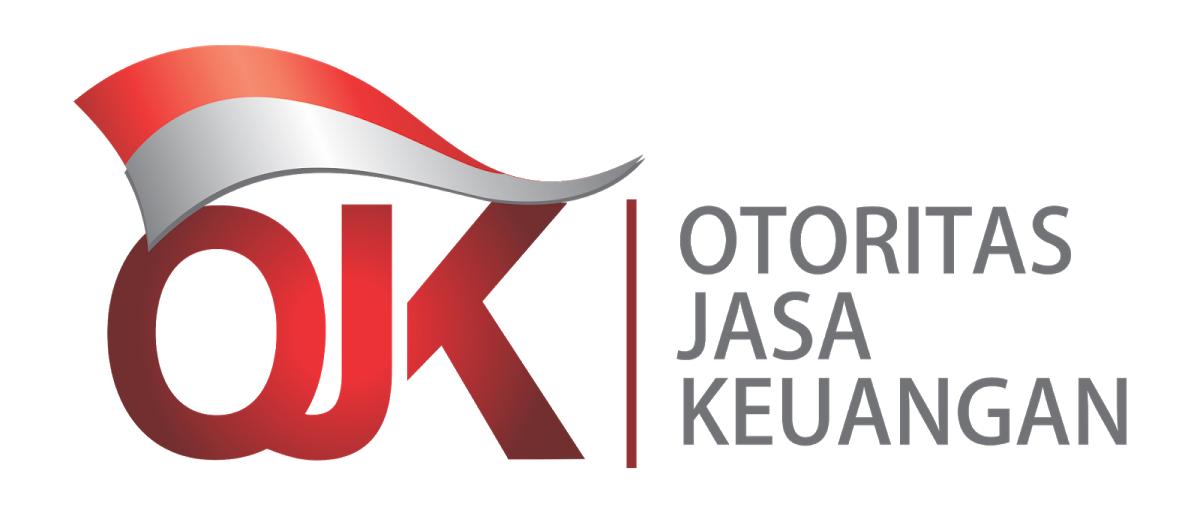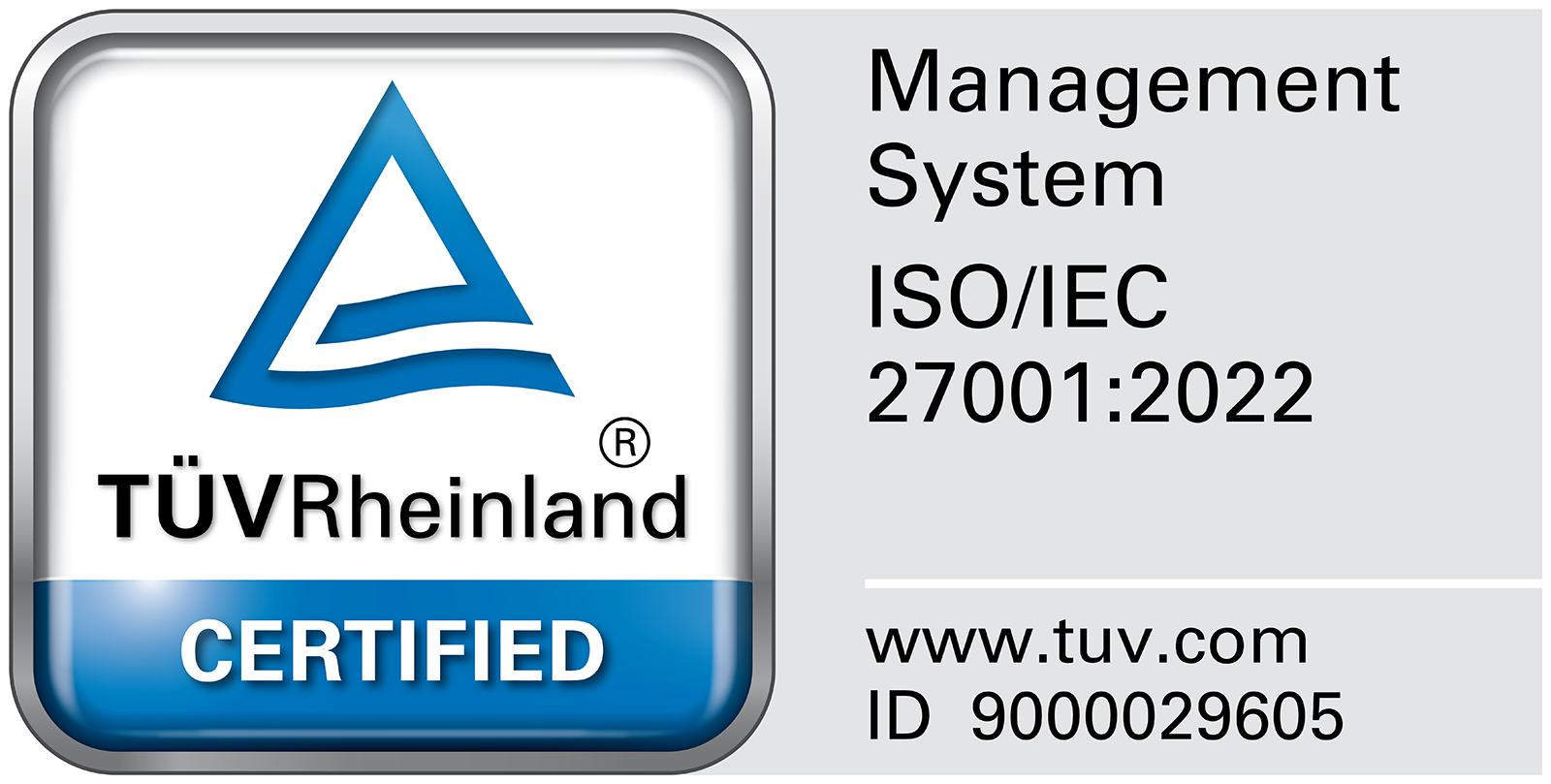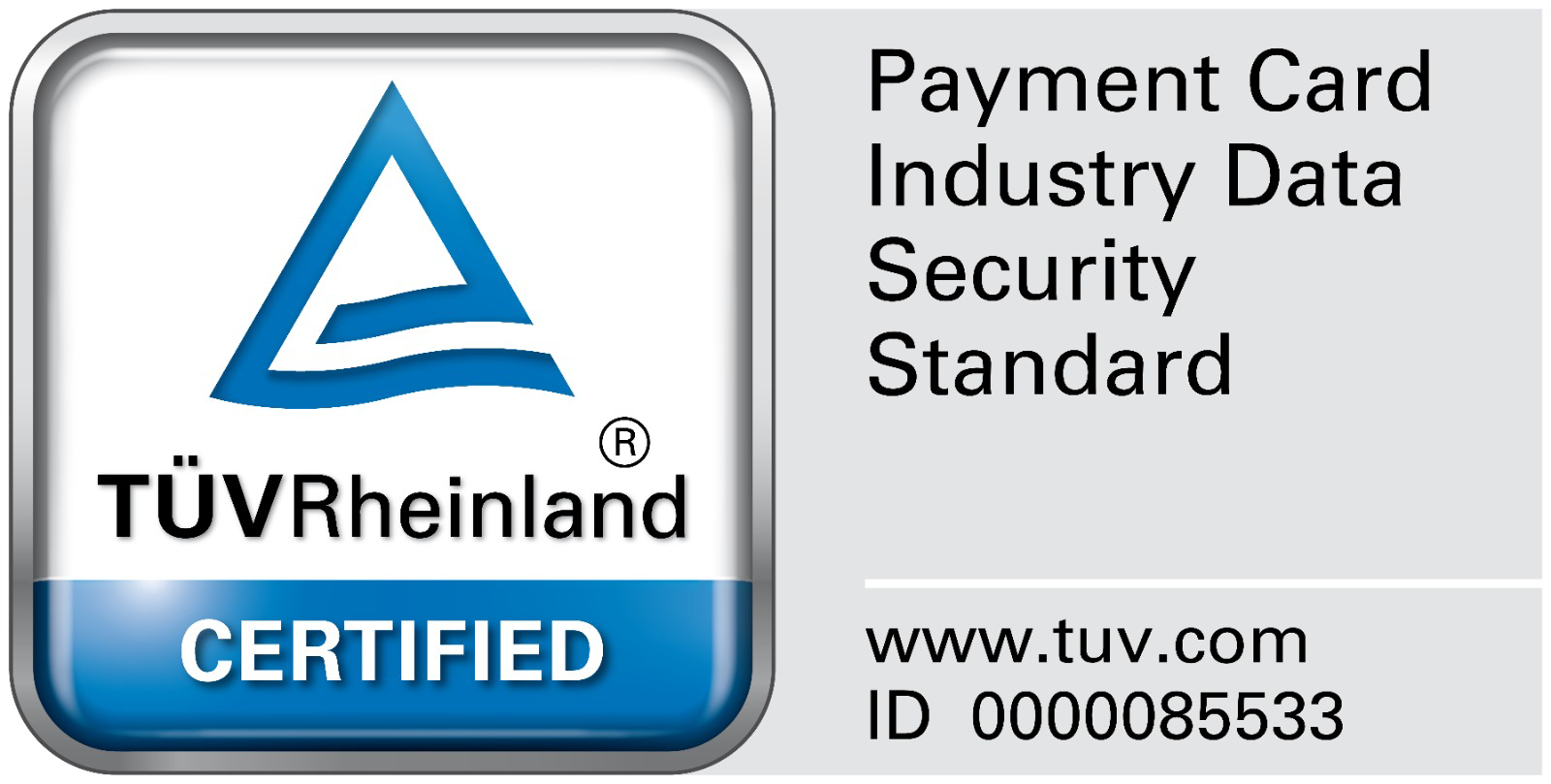According to the e-Conomy 2022 report by Google, Temasek and Bain & Co, Indonesia has the highest unbanked and underbanked population (81%) in Southeast Asia. This puts the country first in ASEAN, followed by the Philippines (75%) and Vietnam (54%).
The translation of this figure is that access to finance is still a challenge for Indonesians. Therefore, the current homework for all industry players is the improvement of financial literacy and inclusion. In the fintech context, embedded financial solutions can be a path to inclusive financial access, as DigiAsia Bios (Digiasia) is currently doing.
This group of fintech companies has four licensed financial products, namely electronic money (KasPro), P2P lending (KreditPro), remittances (RemitPro), and digital financial services (Digibos). All of these services are presented to meet the needs of businesses, also known as B2B. It is therefore natural that the above brands are not familiar to B2C consumers.
“We are not for B2C, we are an enabler for B2B [with four licenses]. Right now, we’re serving businesses that already have an audience, but they need financial products to serve their consumers,” explained DigiAsia Bios Chief of Digital Ecosystem Integration Joseph Lumban Gaol when met by DailySocial.id.
According to him, the potential of enterprises that need financial solutions is much larger and no less important in increasing inclusive finance. It’s just that in order for these companies to have financial solutions, for example electronic money, they have to apply for a license from Bank Indonesia and they have to meet various requirements. Not only does this take longer, but it also means that more needs to be invested.
All these solutions are API-based. They can be connected to API systems in the company according to their own needs. The company prefers to call its solutions EFaaS (embedded-finance-as-a-service), which is no different from the more familiar term embedded finance in fintech.
To date in 2017, the company claims to have been in partnership with 97 large companies from a variety of industries. They come from financial services, technology, retail, telecom, transport and food and beverage.
For example, one of KasPro’s users, PT KAI, is in need of a digital wallet solution in the KAI Access application. Utilizing KasPro’s license, KAI Pay is now available as an alternative payment method for booking tickets, ordering food on trains, and other services in the KAI Access application.
Another example is Kredivo, which requires a simple transfer of funds to the account of the debtor for each credit request that has been approved by the company. “So the solutions these companies need are tailored to overcome their respective problems. The problems are very diverse because there are a lot of unbanked people in Indonesia,” he added.
In terms of the embedded finance concept, DigiAsia’s offering is similar to that of players like AyoConnect, Brick and Brankas. However, Joe, Joseph’s nickname, said DigiAsia’s advantages are the four licenses it has in its pocket.
However, the company acknowledges that it will continue to partner with similar players if there is a technology that is considered superior to its own. According to him, especially since the Indonesian market is considered too specialized, cooperation is better than monopolizing the market in the current era.
Jimmy Tjandra, head of exchange and games at DigiAsia, was in attendance as well. According to him, Stripe is the best benchmark as a provider of embedded financial solutions on a global level. The company pays great attention to the company’s expansion and innovations.
However, such sophisticated solutions from global companies often miss the mark because the Indonesian market is too specialized. As a result, there is still a need for localization in order to be accepted by the public. “Because Indonesia still has a high number of unbanked people, so solutions that are too sophisticated are often not necessarily appropriate for them,” he said.
Technology Development
DigiAsia Bias Chief of Technology & Operations Officer Hardi Tanuwijaya added that from various cross-industry case examples that the company has handled, APIs have been collected that can be directly plug and play according to the needs that are being sought. Everything is stored in cloud computing. This makes all processes efficient, economical and fast.
DigiAsia’s technology team uses microservices architecture in their work process. This framework is used as a model for building modern cloud computing applications. In a microservices architecture, each application is built as a set of services, and each service is run in a separate process.
APIs are used to allow each of these applications to communicate with each other. As a result, the entire application is not disrupted when a developer makes changes to the program. “With microservices architecture, we become more flexible. Everything runs modularly, combining the four licenses we have without being disrupted when we build a new program in the cloud.”
As a result of this work pattern, DigiAsia’s staff structure is quite lean, with a total of about 100 employees, most of whom are technology teams.
It is also more friendly to companies that want to “hook” APIs from DigiAsia into their internal APIs. But it depends on the willingness of each technology. Hardi estimates that the API linking process usually takes only three weeks if the company is mature with its technology. However, the maximum linking process is less than three months if the company still has many technology development aspirations.
“Since 2017, there have been a lot of use cases and it has been based on APl, so the API linking process can be done much faster.”
The Business Plan
In order to continue its vision of increasing financial inclusion in Indonesia, the company will soon launch a new solution in the form of an open API-based marketplace. The marketplace will target different business scales from SMEs to enterprises.
Joe explained that the solution is based on APIs with different use cases that are already available on the platform, for developers who need financial solutions based on what they are looking for. Then they can connect directly and try if it works successfully on their respective platforms.
“The plan is for this product to be available in June. We’re opening the platform specifically for engineers across Indonesia. In this way, digital finance will be more inclusive as it enters different aspects of people’s lives, because there are still a lot of industries that need financial solutions that are not possible if we go directly there ourselves.”
Another plan is to start exploring the application of blockchain technology, in line with technological developments. In Indonesia, this technology is still in the adaptation phase, and there are not a lot of cases where it has been successful.
Globally, blockchain technology is proving its value in various enterprise use cases, including source tracking, logistics, and cross-border payments. While saving companies time and effort, blockchain solutions are also more efficient and cost-effective.
“Nevertheless, when implementing blockchain technology in Indonesia, we want to strike a balance between business and development, so we continue to observe the trend.”
Regarding the company’s plans with Mastercard and Bank Index, Joe said that the company is currently in the process of applying for a license from the Bank of Indonesia to issue physical debit cards powered by Mastercard and Bank Index as the card issuing bank. DigiAsia will be the provider of the features that will provide added value to the users.
Barring any barriers, the debit card will target the unbanked community who already use various digital platforms they use every day. For example, Maxim, which has also partnered with DigiAsia, can offer its drivers the opportunity to have debit cards with various features such as account management and foreign transactions through account linkage.
For the record, since the beginning of this year, DigiAsia is now one of the shareholders (3.67%) of Bank Index. In the meantime, another fintech startup.
Modalku has officially joined the bank since April 2022. It has annexed 10% of the shares. On the other hand, Mastercard has been one of the shareholders of DigiAsia since the Series B round of financing that took place in March 2020.
Previously, Mastercard and DigiAsia had partnered with Bank Rakyat Indonesia for the issuance of virtual and physical merchant on record (MOR) credit cards. Without disrupting the existing business model, the aim is to make it easier for merchants to make quick payments to their principals. Startup GrosirOne is one of the card users.
“We are in the compliance phase with Bank Indonesia, and the plan is to have a physical debit card with Bank Index later this year.”
IPO Plan
Regarding the IPO via SPAC on the US Stock Exchange, it was further explained that it is still going according to plan so far. If the process goes well, it is expected that the official listing of the company will take place around the third quarter of this year. “Now the process is still in line with the pipeline, but at the moment nothing is certain, so anything can happen,” Joe said.
Previously, the company had merged with a shell company called StoneBridge Acquisition Corporation (Stone Bridge). The transaction valued DigiAsia at US$500 million prior to its initial public offering (IPO). Prior to signing the merger agreement, DigiAsia closed a $14.5 million investment led by Reliance Capital Management (RCM). The post-money valuation of DigiAsia was $450 million.
In terms of DigiAsia’s business performance, the company reported that its annual gross merchandise value (GMV) reached $3 million last year, representing a compound annual growth rate (CAGR) of more than 200 percent over the previous year. As for the gross transaction value (GTV), the largest contribution came from the Baas solutions (48%), then the B2B2M (46%), and the rest came from other business areas.
Joe said that the company is aiming to make a profit this year so that it can continue to grow in a sustainable way in the future. “We are confident that we can make a profit this year because our business structure is efficient and the cost of maintaining B2B is cheaper than B2C,” he concluded.













